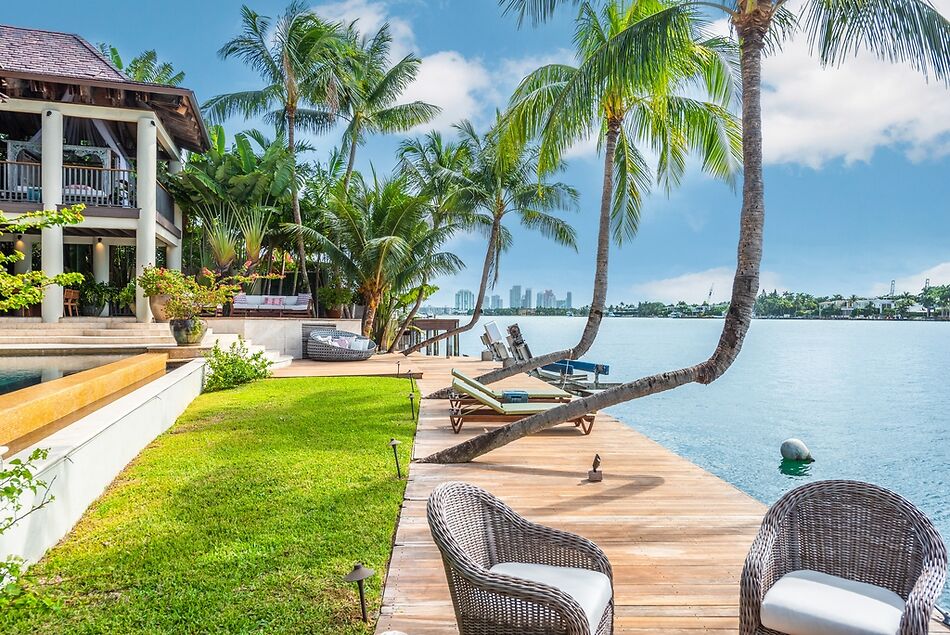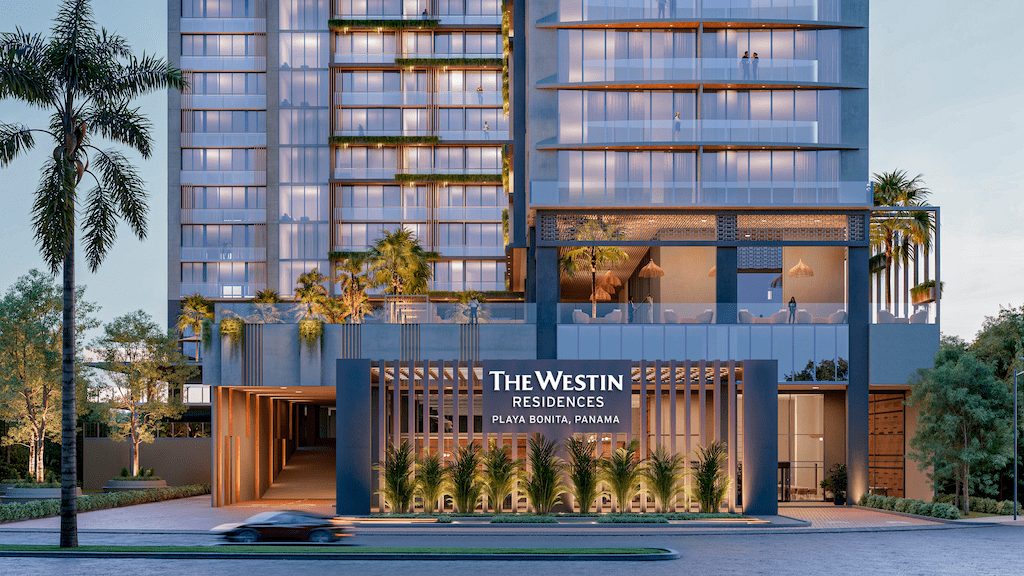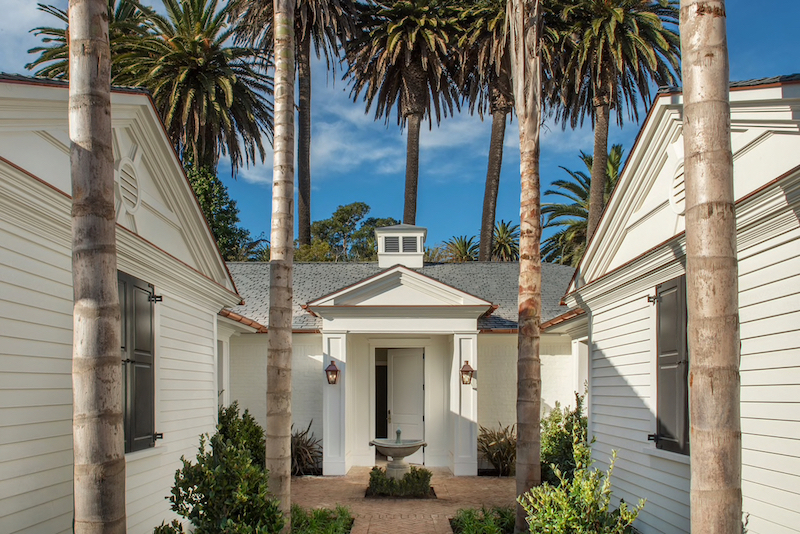
CARUSO REAL ESTATE MOGUL
Recently, Billionaire Real Estate Developer Rick Caruso celebrated the long-anticipated opening of the Rosewood Miramar Beach Resort in Montecito, California. Caruso is the man behind a world-class portfolio of retail destinations and marquee shopping experiences, such as The Grove and The American at Brand, the Palisades Village, the luxury building 8500 Burton Way, and a restored 1929 Art Deco landmark which has been converted into innovative office space.
With Rosewood Miramar Beach, Caruso combined forces with Rosewood Hotel to manage the iconic landmark and take on a new frontier in the luxury hotel industry. For Caruso, it was the land that drew him into uncharted territory. It was an opportunity of a lifetime to develop the land with its unrivaled setting on the beach coupled with the Miramar’s history, being an icon of hospitality.
“The most important thing has always been and continues to be, the guest experience. Across all the properties whether retail, residential or hotel, if you bring people to a happy, safe and welcoming environment, they will continue to return.” – Caruso, Los Angeles Real Estate Developer
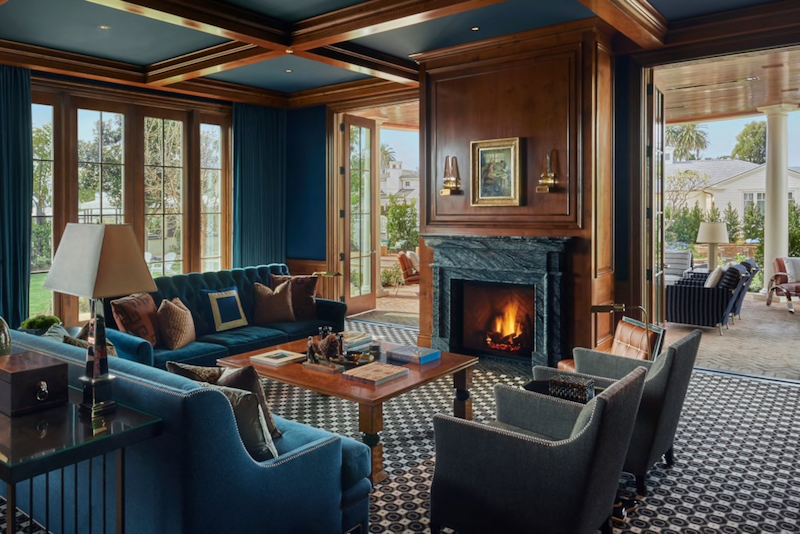
MONTECITO ICONIC LANDMARK
However, the original Miramar Hotel has not always been a favorite to the residents of Montecito, Caruso included.
The Miramar’s original accommodations, which date back to 1876, when a young couple ― landowners Josiah and Emmeline Doulton ― built a few small cottages on their property to house visiting friends and family. The Doulton couple named the property Miramar, or “behold the sea” in Spanish. The cottages grew in number over the years until the Doulton family sold the slice of Montecito shoreline in 1939 to Paul Gawzner, who built it out as a resort and added a pool. For the last half of the 20th century, it remained a modest getaway for newlyweds and working-class families.
The hotel was purchased by developer Ian Schrager in 1998 and closed down in 2000 for renovations, however, the slump in the economy prevented any further development. In 2005, Schrager sold the property to Ty Warner, owner of the Four Seasons Resort The Biltmore Santa Barbara, the San Ysidro Ranch, and more.
Los Angeles-based Caruso purchased the site in 2007. In 2012, Caruso demolished the hotel, which by then was in a state of absolute dilapidation, as he looked to put together a financing package and obtain hard-fought permits from Santa Barbara County. Neighbors and environmental organizations had threatened to block the $300 million project through lawsuits, but Caruso and the parties eventually worked out a deal.
It was a 12 year long and cantankerous journey for Caruso to receive approval on the development and have it built, which tested his endurance and grit, but after much perseverance, the Rosewood Miramar Beach finally opened its doors on March 1st, 2019.
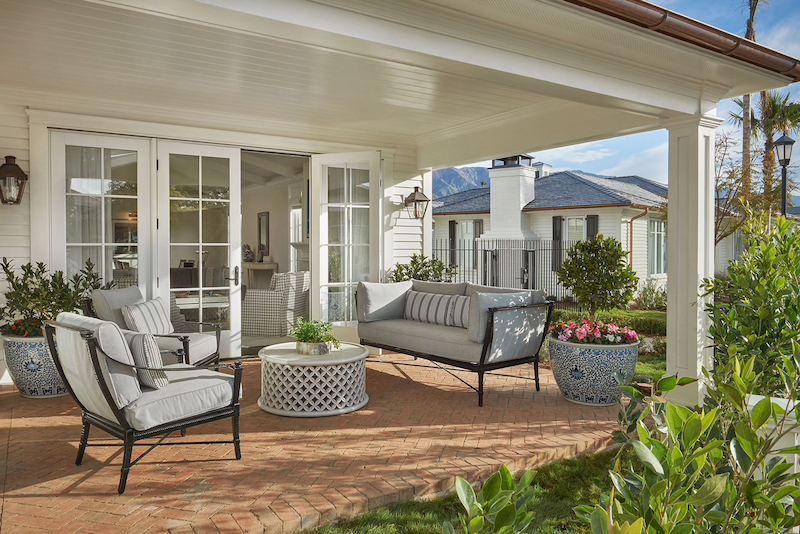
PURCHASE HISTORY
2019 – Hotel ReOpened by Caruso – $200,000,000+
2012 – Hotel Demolished by Caruso
2007 – Hotel Purchased by Caruso – $50,000,000
2005 – Hotel Purchased by Ty Warner – $43,000,000
2000 – Hotel Closed Down by Ian Schrager
1998 – Hotel Purchased by Ian Schrager – $31,000,000
1939 – Hotel Purchased by Paul Gawzner / became a resort (added pool) – $60,000
1876 – Josiah and Emmeline Doulton landowners – named Miramar “Behold the Sea”
ARCHITECTURE
There isn’t one way to describe the Miramar’s architecture; it borrows from a handful of influences. The property feels vaguely Cape Cod-ish, makes obvious nods to surrounding Montecito estates and reflects design choices by revered California architect Paul Williams when he redid the Beverly Hills Hotel in the 1940s. The sweeping curved staircase in the foyer of the Manor House, where guests check in, was made using one of his 1933 blueprints for a Southern Colonial-style estate. The hand-drawn plans are framed nearby.
This residential aesthetic starts at the Manor House’s black lacquered front door, continues through the living room area with its piano and fireplace, and spreads to all four corners of the property’s 16 acres. The majority of the 161 rooms are multi-bedroom bungalows set along stone paths that meander under oak trees, while 26 suites with personal balconies and complimentary cocktail service sit right over the sand. There’s a full spa, a massive gym, a bocce ball court, two cabana-lined pools (one for families, the other for adults), and seven total restaurants and bars, including one just steps from the beach and another that serves fish tacos and locally made ice cream. Much of the grounds and many of the amenities are publically accessible. The art collection includes original works by Mel Bochner, Fernando Botero, and Norman Rockwell.
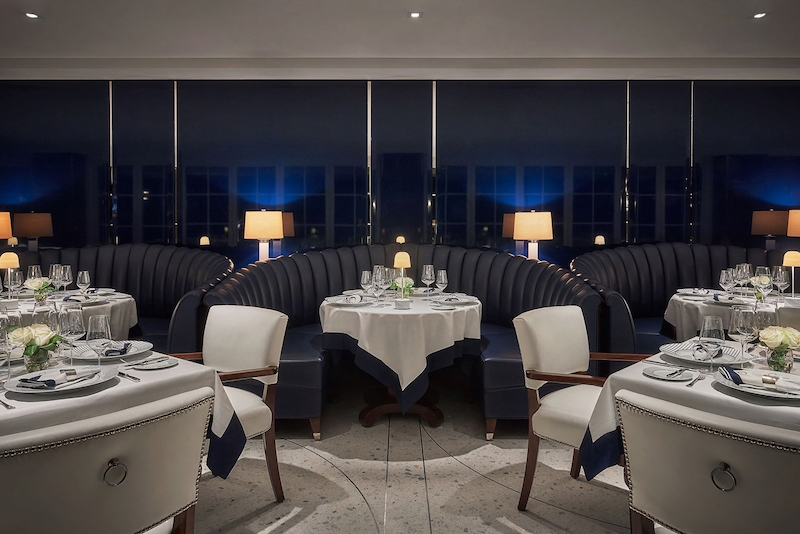
LOCATION
Set right next to Highway 101 and bisected by train tracks, the Miramar somehow retains the serenity you’d expect from a seaside resort. The roar of cars is largely blocked by tall walls and dense landscaping while the entire property was raised a few feet to sit level with the tracks so trains wouldn’t loom over everything. Rooms are installed on “base isolators” to cut down on vibrations, and the buildings incorporate the same noise-canceling technology used in superyachts. The area has also been designated a “quiet crossing” by railroad operators, meaning fewer horn blasts.
INTERIOR DESIGN – CLASSIC + TIMELESS
Miramar is meant to be classic and timeless. The service philosophy was inspired by the old grand hotels of Europe, intended to bring people back to the golden age of hospitality, where people traveled for long distances, and checking in to a hotel was more than just a weekend stop. The property was designed to feel like an extension of one’s home. The majority of the Manor house was designed by Caruso’s personal interior designer, Diane Johnson, who had never done a commercial project before. She brought a very personal and residential feel to the resort, which was intentional. Caruso built this property to feel like a home, for his family and for locals and visitors alike. It was also very much inspired by the beautiful homes in Montecito, with a heavy influence from the late Paul Williams, whose specialty was grand residences. The grand staircase in the foyer is an adapted replica of one of his original sketches, which Caruso was fortunate enough to purchase from his family.
A large amount of personal and financial capital Caruso invested in the project feels reflected in all those familial touches, capped by the family apartment he built on the second floor of the mansion-style main building.
“Our hope is that this resort becomes an extension of your home,” Caruso wrote in his latest message to neighbors. “From your first cocktail at The Manor Bar to the fireside sunset by the water, the magic of Miramar would not be the same without you.”
Photos courtesy of Rosewood Hotels


